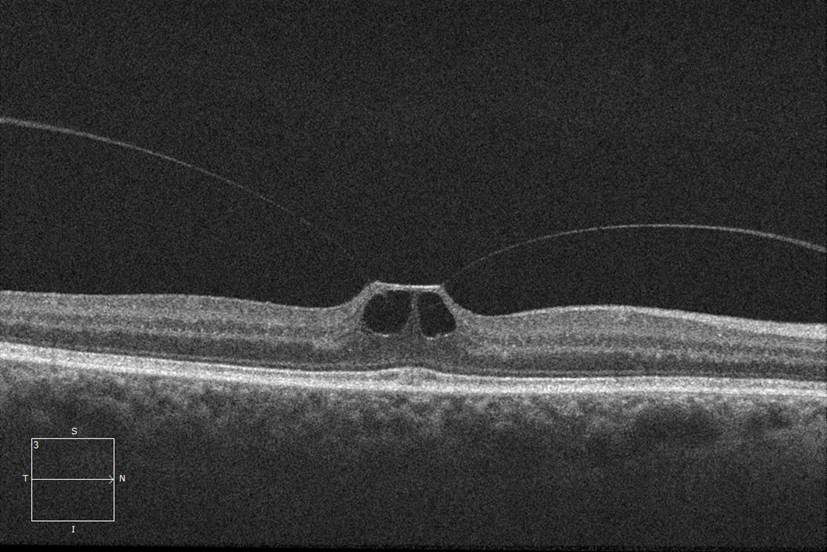
Reappraisal of biomicroscopic classification of stages of development of a macular hole. The international vitreomacular traaction study group classification of witreomacular adhesion, traction, and macular hole. The receommendation to the patient appears to be perfectly consistent with the guidance from interpretation of the study results. Interestingly in each group, the vast majority of resolution occurred within the first month following intervention of initial observation.
VMT RETINA TRIAL
4 The recommendation in this case illustrates the results from that clinical trial in which about 15% of 188 patients in the sham-treated group experienced spontaneous release of VMT, while about 28% of the 464 patients administered ocriplasmin had release of their VMT. Next, the FDA approval of ocriplasmin intravitreal injection based on a clinical trial conducted in Belgium. 2 In a spectral-domain characterization, there is foveal pseudocyst with outer retinal separation and evidence of perifoveal PVD. The clinical classification of macular hole would categorize the present case as a Stage 1B macular hole, according to the revised biomicroscopic staging scheme of Gass. Subclassifications of FTMH are reported, as well. Finally, full-thickness macualr hole (FTMH) is a foveal lesion with interruptoin of all retinal layers from the internal limiting membrane to the retinal prgment epithelium. The foveal disruption can be quantitated from OCT measurements as greater (broad) or less than 1500 mµ (focal). Vitreomacular traction represents anatomic disruption of the fovea secondary to posterior vitreous detachment and may include pseudocysts, macular schisis, cystoid macular edema, and subretinal fluid. This situation is recognized as part of the normal course of vitreous aging but has the potential to lead to patholgoical consequences.

1 Briefly, vitreomacular adhesion is perifoveal separation of the vitreous with remaining vitreomacular attachment but preserved foveal tissue structure as seen on OCT. First, development of a classification scheme for VMT based on OCT. Recently two developments in the realm of VMT have emerged. This case illustrates vitreomacular traction (VMT) causing macular hole formation. In addition, a surgical option of intravitreal ocriplasmin (Jetrea, Thrombogenics) injeciton was reserved for the case of non-spontaneous resolution in the context of further visual acuity reduction. Given the recent onset of symptoms, the patient was offered the option of being re-evaluated in one month or sooner if symptomatic vision decrease occurred. The left macula was uninvolved (Figure 2).Īn optical coherehnce (OCT) study was ordered and showed considerable traction at the macula of the right eye consistent with clincial obercvation (Figures 3 A-C).Ī retinal consultation was obtained. The retinal vasculature was intact, and the periphery showed no signs of pre-disposing conditions to retinal detachement in either eye. The macula in the right eye was significant for full-thickness macular hole with associated vitreomacular traction (Figure 1).

Evaluation of the optic nerve head showed a distinct scleral ring with well-perfused rim tissue and an estimated C/D ratio of 0.5 in each eye. The IOP was 13 mm Hg 10:38 AM, in each eye.ĭilated fundus examination revealed clear lenses in each eye. Except for a cyst on the lower temporal lid and a mild papillary bulbar conjunctival response in each eye, the anterior segment was unremarkable. She was oriented as to person, place, and time. Her medical history is significant for rheumatoid arthritis (RA). At the visit, there was no report of pain. She did say that she experienced slight headache just prior to the vision change. The duration was described as 3 days and specifically, she used the terms “fragmented” and “pulsing” to describe her symptoms. A 51 year-old female presented with recent-onset “distorted” vision in the right eye.


 0 kommentar(er)
0 kommentar(er)
